Table of Contents
What is DC Generator?
It is a device, which produces direct current energy from mechanical energy.
Principle of DC Generator:
DC Generator is based on the phenomenon of electromagnetic induction i.e. when the magnetic flux is linked with coil changes, an induced EMF is produced in the coil. The direction of induced EMF produced is given by Fleming’s Right-Hand Rule.

Construction of DC Generator:
A DC Generator consists of the following parts-
(1) Armature- ABCD is rectangular armature coil. It consists of a large number of turns of insulated copper wire bounded over a soft iron core.
(2) Field Magnets- N and S are the pole pieces of a strong electromagnet. The armature coil is rotated between the pole pieces N and S.
(3) Split Rings- S1 and S2 are called split rings. The ends of the armature coil are connected with them.
(4) Brushes- B1 and B2 are two brushes. They are fixed and kept in light contact with S1 and S2. The purpose of the brushes is to pass on current from the armature coil to the external load resistance.
Theory and Working of DC Generator:
When the armature coil is rotated in the magnetic field, magnetic flux linked with the coil changes, and hence induced EMF is produced in the coil.
To start with, suppose the plane of the coil is perpendicular to the plane of the paper, with side AB at the front and side CD at the back. Now as the coil is rotated anticlockwise, AB moves inwards and CD moves outwards. Due to this, rotation of the coil, magnetic flux linked with the coil changes, and hence induced current are produced in the coil. According to Fleming’s Right-Hand Rule, the direction of current inside AB is from A to B and the direction of current inside CD is from C to D. Also, the direction of current through external resistance R is from Y to X.
After half the rotation, the side AB is at the back and the side CD is at the front. Now, as the coil is rotated further in an anticlockwise direction, CD moves inwards and AB moves outwards. Due to this rotation of the coil, magnetic flux linked with the coil changes, and hence induced current is produced in the coil. According to Fleming’s Right-Hand Rule, the direction of induced current inside CD is from D to C and the direction of current inside AB is from B to A. Also, the direction of current through external resistance R is from Y to X, and so on.
Hence the induced current in external resistance R does not change direction after half rotation of the coil. Hence induced current produced is a direct current.
| Let N = Number of turns of the coil A = Area of each turn of coil  We know magnetic flux linked with coil is given by ⇒ Φ = NBA cos θ ⇒ Φ = NBA cos ωt [where θ = ωt] According to Faraday’s 2nd law of Electromagnetic Induction, e = – dΦ/dt ⇒ e = – d (NBA cos ωt)/dt ⇒ e = -NBA [d (cos ωt)/dt] ⇒ e = -NBA [-ω sin ωt] ⇒ e = NBA ω sin ωt But NBAω = e0 = Maximum value of induced EMF ⇒ e = e0 sin ωt Also, the variation of induced EMF with time is shown in fig.  Also, we know I = e/R ⇒ I = e0 sin ωt/R Put e0/R = I0 = Maximum value of current ⇒ I = I0 sin ωt This is the required expression for the current produced by DC Generator. |
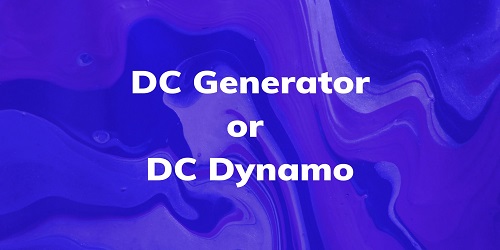
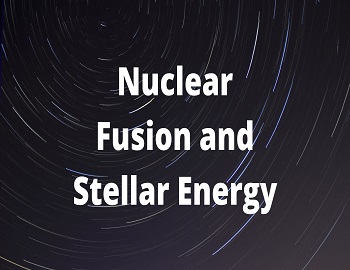
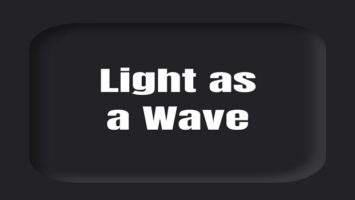

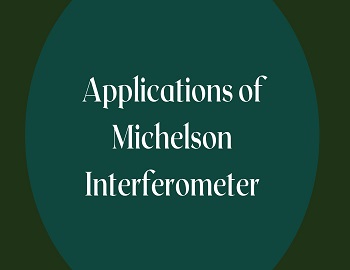


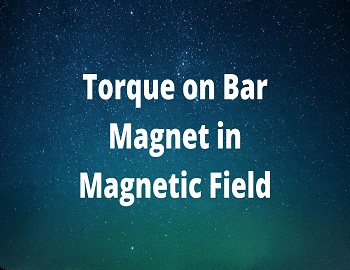

Comments (No)